A recent survey in America suggested that 56% of children between ages 10 and 13 own a smartphone. Even more shockingly, 25% of children between ages 2 and 5 also own a smartphone (Howley, 2013). In Australia, 68% of children between three and seventeen own a smartphone (Digital Life, 2015). Smartphones are fast replacing traditional toys such as lego, dolls and toy cars, with Australian children spending over 21 hours each week on these devices (Digital Life, 2015).
We all know about the dangers of social media and chat sites and the consequences of children engaging with cyber bullying and sex-ting. What we don’t know too much about is how smartphones are affecting childhood and their development. As smartphones and similar devices are relatively new technologies, the research is not yet conclusive. However, there are some concerns raised and some benefits noted for smartphone use with children.
Concerns about Smartphone use and children:
Concerns about smartphone use and children are largely associated with the impacts on children’s brains and development:
- Children learn language skills, social skills, and emotional regulation skills by taking part in interactions with others, and observing real life communications between others. Over-reliance on screen technology greatly reduces the opportunities a child has to develop these essential life skills, and appears to have a detrimental effect on a child’s ability to read social nuances and cues.
- Research suggests that technology use and screen time neglect certain areas of the brain that are used in traditional tasks such as reading and writing.
- Whilst low in levels, radio frequencies from phones may be potentially harmful to developing brains. The temporal and frontal lobes of the brain are at most risk being closest to where a phone is held near the ear.
- Concerns have also been raised about the illusion of multi-tasking. When children (and their parents and peers) are so engrossed in what is happening on the screen infront of them, they are missing information from all around them. This can be as simple as tripping over a paver while walking and looking at the phone, or as complex as missing out on bonding moments with others we are physically present with. Whilst we think we may be multi-tasking, we are not.
Basically, concerns about use of smartphones is associated with the premise that this type of technology use may be hampering the development of essential learning, social, communication, and emotion skills.
Read on here to see the Benefits of Smartphone use for children





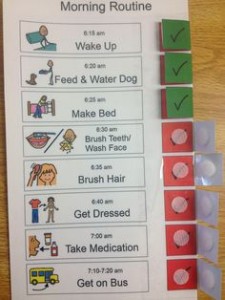 Remember time is an abstract concept – we can’t actually touch or see it. Using calendars, planners, and lists makes time more tangible by highlighting events and activities which your child can personally relate to.
Remember time is an abstract concept – we can’t actually touch or see it. Using calendars, planners, and lists makes time more tangible by highlighting events and activities which your child can personally relate to.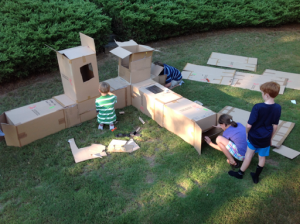
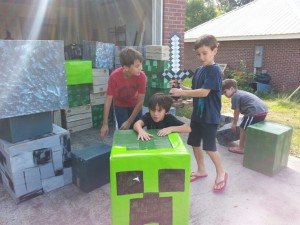 Encourage and assist with a house build for their favourite stuffed toys; create a shop where they will sell invisible
Encourage and assist with a house build for their favourite stuffed toys; create a shop where they will sell invisible

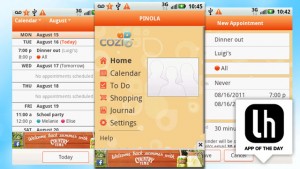
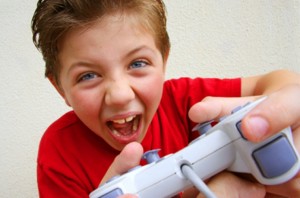 The best way to manage child screen rage is to avoid it in the first place.
The best way to manage child screen rage is to avoid it in the first place.
